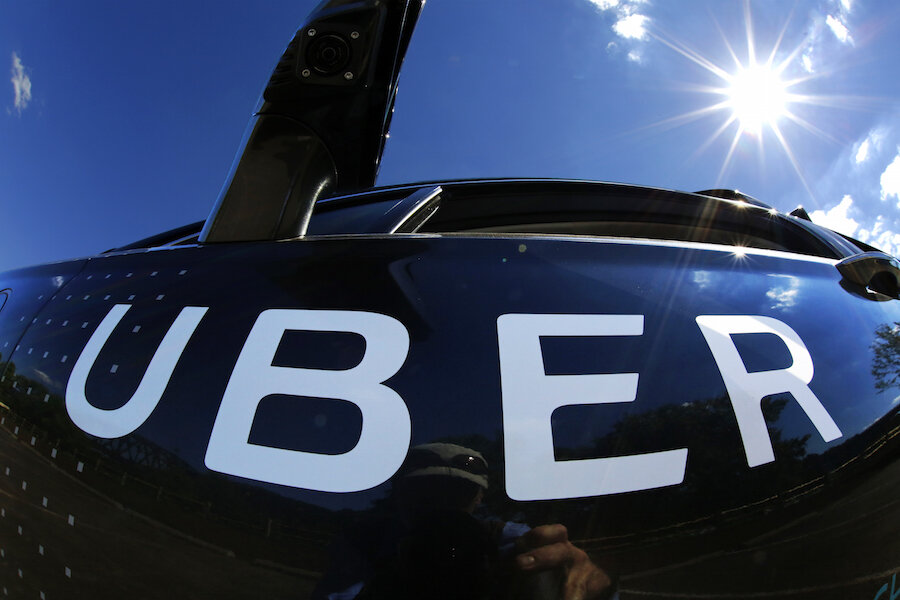Nine ways to avoid surge pricing on Lyft and Uber
Loading...
Over the past few years, Uber and Lyft have exploded onto the scene, ticking off taxi drivers everywhere and making ride sharing a super cheap, super easy and relatively safe way to get from one place to another. We've talked before about why we like these apps so much, but frequent riders will know there's one major downside to using Uber and Lyft to get around: surge pricing.
Surge pricing isn't arbitrary. It happens during times when -- and in locations where -- drivers are in high demand. You'll see surge prices during rush hour in a busy downtown neighborhood, after bar closes in an area packed with clubs, and even in the middle of the day when it suddenly starts to pour. The more people trying to get a ride, the more expensive it's going to be to get that ride, it's economics 101: supply vs. demand.
A little 1.5 percent surge isn't going to have a huge effect on your life, but sometimes surge pricing can get out of hand. I once paid $80 for an Uber home from a street festival about three miles away from my apartment. Normally, that ride would have cost me $10-$15 at the most, but Uber was surging due to the amount of people trying to leave the festival, and I admit I didn't pay enough attention to the surge warning before booking my ride.
While surging on either app doesn't usually go that high, even paying 3x the amount you normally pay isn't feasible for most people. Here are nine ways to get around surge prices and avoid having to turn to Kickstarter after accidentally spending your rent money on a $360 ride home:
If you know you're going to need a ride during peak hours, schedule a Lyft in advance.
Both Lyft and Uber allow you to schedule rides in advance in certain cities, but Lyft's advance scheduling feature locks in a price for you. It might be a little lower or higher depending on what Lyft assumes the demand will be like at that time, and in that location, but if you know you're going to be heading out during prime time and the schedule-ahead feature is available in your city, you'll probably save a few bucks by locking in your rate well before the ride.
Check the other app.
My go-to way to avoid paying Uber up-charges? I use Lyft instead. Because Lyft is slightly less popular nationwide, its drivers are less in demand during peak hours. When Uber has a slight surge (think 1.5-2x), I can usually find a regular-priced ride on Lyft. I've never seen this go the other way, but it's not impossible.
Take another kind of car.
Uber offers many different kinds of services: SUVs, luxury vehicles, all black cars, and vehicles that are wheelchair accessible, and their surge pricing algorithm differs by service. If UberX is surging 3x, check out UberSelect, which will likely have a lower surge rate, and will give you a nicer car. You can arrive in style and save on what your ride would have been if you'd done it your usual way.
Of course, you can also take a normal taxi when Uber is surging, but I personally prefer Uber over regular cabs for many reasons. Still, if it's easy to catch a cab in your area during a surge time, it's still a reliable way to avoid paying surge costs.
Try carpooling.
Sure, you'll have to ride with strangers, and it will probably take a little longer than normal, but both UberPool and Lyft Line allow you to see exactly what you'll be paying before you request a car, and while surge pricing applies, it's not quite as steep as it would be if you requested your own car.
Walk a few blocks.
Sometimes surge pricing is concentrated on a very specific area, so if you walk around a bit, you can get a lower fare. If you don't feel like wandering around, move around your pickup location around to see what kinds of prices you can get near you. If you find something cheaper, head out and order the car on the way.
Try out surge tracking apps like SurgeProtector.
SurgeProtector helps Uber passengers save money by showing in real time where surge prices are popping up. If the difference is a few blocks, you can high tail it over there and skip out on paying extra. Pawing through the reviews, it looks like they're a bit mixed, because this app's accuracy isn't always at 100 percent.
Wait.
Some surge pricing happens suddenly and doesn't last long. If a concert is getting out nearby, prices might surge for a half hour or so until all the concert-goers have dispersed. Waiting a bit and checking again can yield much cheaper options.
Refer a friend and get a free ride.
If you're traveling with a friend who hasn't yet downloaded Uber or Lyft, refer them with your personalized offer code and both of you will get a free ride. When possible, this is a great way to avoid paying surge prices -- or anything at all!
Download the Uber/Lyft driver apps.
This is probably the best way to stay on top of surge pricing on both apps. Sign up to become an Uber or Lyft driver, and you'll get access to behind the scenes information about surge pricing in the form of heat-maps that show you exactly where and how much fares are surging in your area.
This article first appeared in Brad's Deals.







